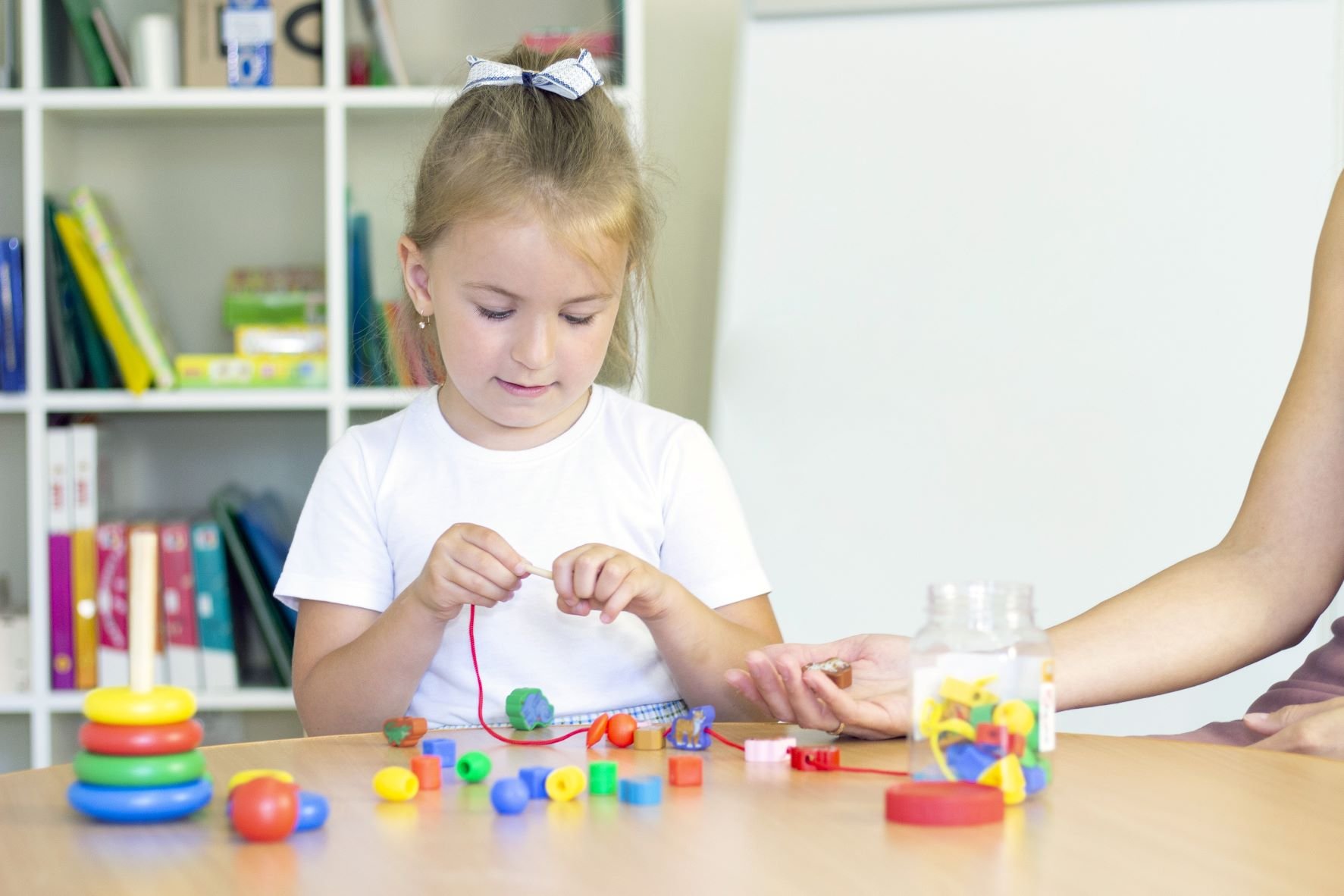Using Sensory Objects to Teach Mindfulness and Help Students Stay Calm
If you’ve been working with children for the past five years, then you’re undoubtedly very familiar with fidget spinners. These small toys were the source of many children’s joy 一 and many teachers’ frustrations 一 a few years ago.
Although some say fidget spinners were more harmful than helpful, they are a type of sensory tool that, ideally, can be used to help children calm and soothe themselves when they need more sensory input than they usually get in the classroom.
The debate about the fidget spinner continues 一 but its fans may have a point. Sensory objects can be used successfully in the classroom to teach mindfulness and help students stay calm. It all depends on choosing the right objects, and helping students to use them in a mindful (rather than distracted) way.
What Are Sensory Objects?
Sensory objects are any kind of object, tool, or small “toy” that are designed to stimulate one or more senses 一 including sight, hearing, and touch.
Our senses provide us with so much information, but for some students, the sensory stimulation they get in the classroom isn’t enough (or isn’t the right kind). Using sensory objects in your classroom can make sure you’re being inclusive of every student’s needs.
Although any student can benefit from sensory tools, there are some conditions that make children more sensitive to sensory input. They include:
- Autism spectrum disorder
- Sensory processing disorder
- Anxiety
- Attention-Deficit/Hyperactivity Disorder (ADHD).
Sensory tools can help students to create the sensory experience they crave in the classroom. By doing so, they become more calm, focused, and ready to learn.
Tips for Using Sensory Objects for a Calmer Classroom

The key to successfully using sensory objects is to use them to help students be more mindful. What works for one student may not work for another, so it’s important to teach your students to recognize how they’re feeling, and whether using each object helps or hurts them.
To successfully use sensory objects in your classroom, follow these tips:
Know which kids need sensory tools, and when.
Having sensory tools out in the open for any student to use at any time may not be the best idea. Sensory tools can be helpful for students with autism, ADHD, and other sensory issues 一 but may become a distraction for others.
Before you bring in each sensory object, try to have a good idea of which of your students might benefit from it, and what their triggers are.
Which kids are constantly getting out of their chairs to sharpen their pencils? Which ones are always wiggling around in their chairs? Which ones pick at scabs or chew on their shirts?
This can be an excellent mindfulness exercise for you, too; it will force you to pay attention and closely observe what’s going on with each of your students.
Set guidelines early on.
To prevent the fidget spinner fiasco from repeating itself, set guidelines for how to use sensory objects early on. For example, you might have expectations about who can use which objects, and when. You should also remind your students that these are classroom tools, not toys. Guide them to be mindful and intentional about which objects they choose to use.
Use sensory tools for mindfulness, not distraction.
It may be helpful to lead your students in a mindfulness exercise with sensory tools, especially if you’ve decided to make them available to the whole class. This will teach your students to choose objects that make them feel calm and more focused, rather than distracted and restless.
Let each student spend some time with each sensory object. Invite them to slow down and pay attention to how they feel as they use the object. How does their body feel? What sort of thoughts are going through their minds? Older students may even like to write in a journal about how each sensory tool affects them.
This simple mindfulness exercise may go a long way in helping your students choose sensory objects that actually make them feel calmer, rather than a tool that is “fun” but distracting. You may even choose to do this activity with your whole class on a regular basis; this could be a great way to use sensory objects to teach mindfulness to your students.
The Best Sensory Objects for a Calmer Classroom
The market is full of unique sensory tools that can help children with different needs. The only way to know what will help your students is to try them out in your classroom. We recommend choosing tools that don’t make any sounds (so as to not disrupt other students) and don’t have flashy components, like lights. If there isn’t room in your school’s budget for purchasing sensory objects, we recommend setting up a campaign on DonorsChoose, a site that matches teachers with donors to fund your classroom projects!
Here are some sensory tools that have been successfully used by teachers everywhere.
Wiggle cushions and other alternative seating
Have you ever noticed students bouncing around in their chairs? Wiggle chairs are a great tool to provide alternative seating and allow your students to regulate their nervous systems.
Other alternative seating ideas include standing desks, spinning stools, and exercise balls.
Beanbag chairs
Beanbag chairs are another great way to provide alternative seating for your little wigglers. These chairs tend to be very comforting, and can be used to soothe students who are upset or anxious.
You might even consider putting beanbag chairs in a “calm corner” of your classroom. Add noise-canceling headphones and an eye mask, and allow your overstimulated or anxious students to have some time in their very own sensory deprivation chamber.
Play-Doh or Putty
Some students need sensory objects for their hands; this can help during classroom “quiet times” for students who are anxious, restless, or like to pick at things around them. Play-doh and putty are sensory objects that are easy to find in any toy store, and are soothing to the touch.
The drawback? These objects are notoriously messy, so you may need to reconsider if you have young students and a carpeted classroom.
Chewable pencil toppers
Some students may need oral sensory stimulation; you’ll notice that these kids are constantly chewing on the edges of their shirts, their hair, or their pencil erasers. You can give them the sensory input they need by providing safe, chewable items 一 like special pencil toppers or chewable jewelry.
If you teach older kids, you can also consider allowing your students who need oral sensory input to chew gum.
Weighted objects
Heavy objects, like weighted blankets or weighted lap pads, can provide a comforting pressure to students who have autism or sensory processing disorder. Kids with these conditions often crave pressure, and having these tools available can help make them feel calmer and avoid overstimulation.
On top of that, weighted items can be helpful and comforting even for neurotypical students, which is why weighted blankets, for example, are such a popular item for adults.
Fidget toys or manipulatives
Fidget spinners belong to this category of sensory tool 一 any type of small, manipulative toy that students can fiddle or “fidget” with to keep their hands busy. This type of tool can be especially helpful for students who have anxiety or ADHD. It gives them something to focus on, so they don’t get lost in their own thoughts.
Calm Classroom empowers K-12 school communities with mindfulness training that is simple, sustainable, and impactful. Looking for more tools for creating a calm and soothing classroom? Get in touch with us today to learn more about our programs!





SIGN UP FOR OUR NEWSLETTER